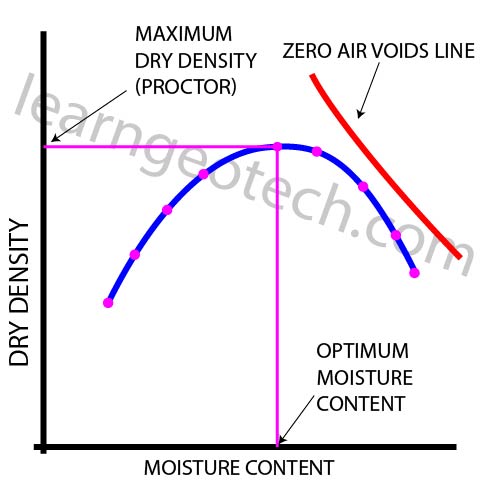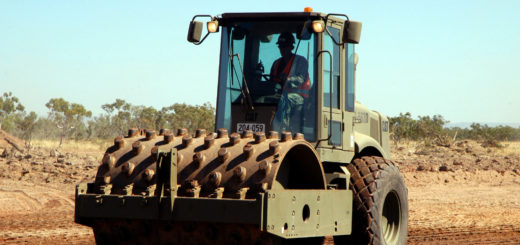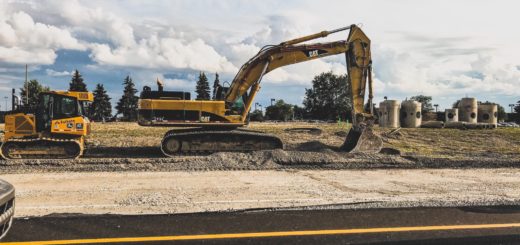Moisture Content and Soil Compaction
Soil compaction depends on a few factors, not the least of which is moisture content.
No contractor wants to pay for a water truck if they think they can just pound the backfill until it passes a compaction test.
Unfortunately, they’re fighting a losing battle by doing this, and it looks bad on you and your company if you’re not able to resolve it for them.
Most contractors know when they need water, but sometimes you’ll need to explain why.
How Moisture Content Affects Compaction
Simply put, adding water to a dry soil during compaction allows soil particles to slide past one another more easily.
Water acts as a lubricant, reducing interparticle friction.
Great, so we’ll just add a whole lot of water and compaction will be easy, right?
Not quite. We have to consider the incompressible nature of water when we’re adding water.
Adding too much water will cause air voids to be filled with water, limiting how closely soil particles can be pushed together.
This is important because we measure soil compaction in terms of dry density, not wet density. That is to say, we want to know how dense the soil will be after we’re done with construction and the soil has dried.
If we’ve added too much water, the soil particles cannot be pushed together due to water’s incompressibility,
If we haven’t added enough water, soil particles cannot be pushed together due to high interparticle friction forces.
We need to find a balance. Luckily for us, we have the Proctor Compaction Test.

I’ve shown the results of a typical Proctor Compaction Test above. The results show a moisture vs dry density relationship for the tested soil.
How Do I Read This Graph?
Take a look at the purple dots along the blue line first.
Each of these points represents a test performed on a sample of soil.
The same compactive force is used for each point, while the moisture content is changed.
As you can see, the change in moisture content results in a change in dry density that follows the theoretical explanation provided above.


